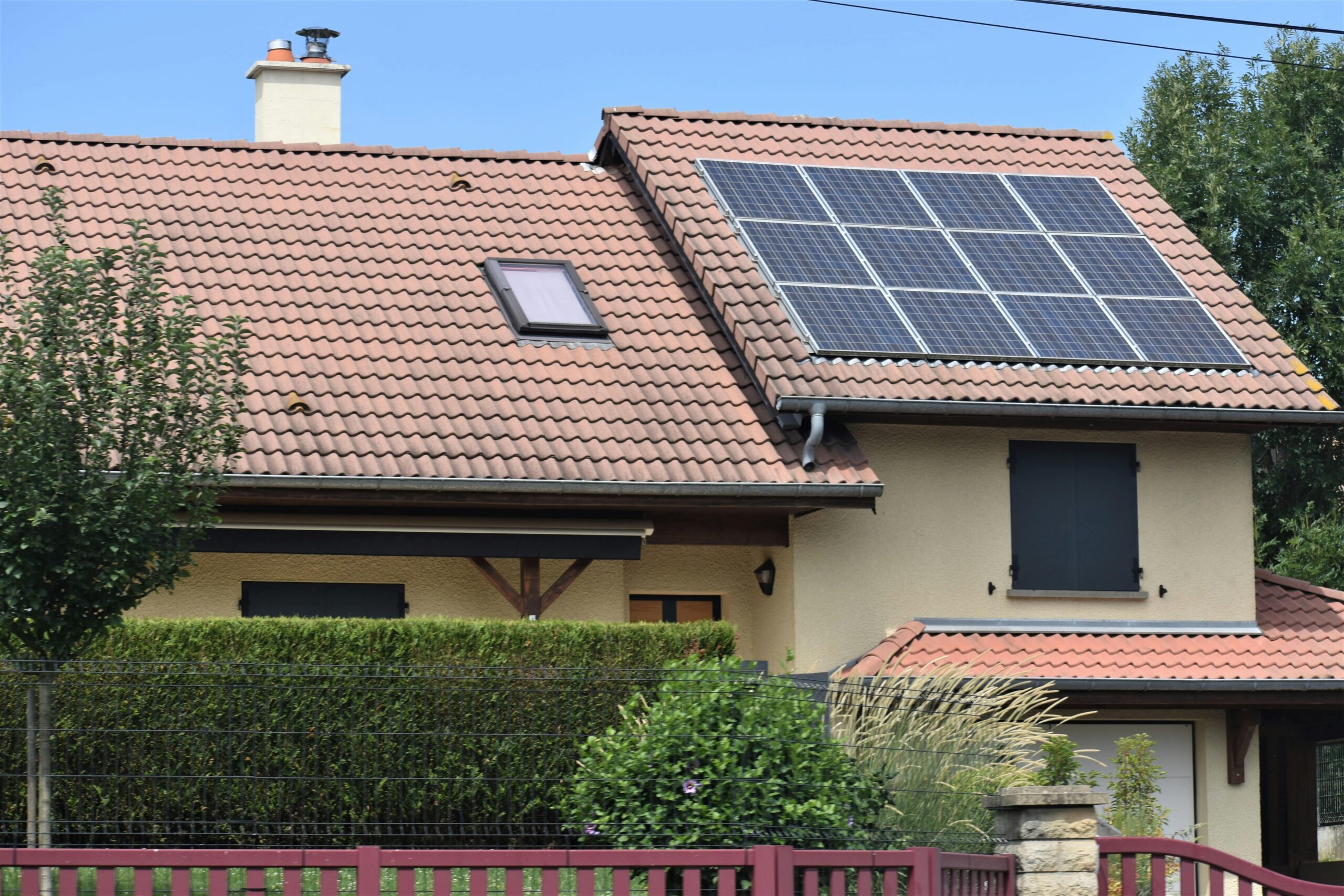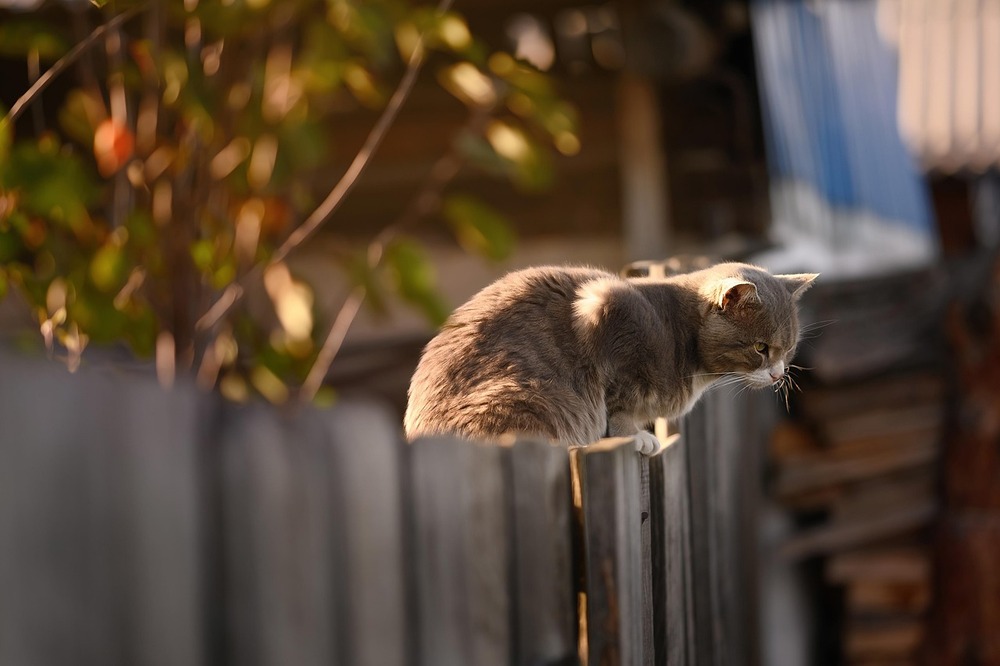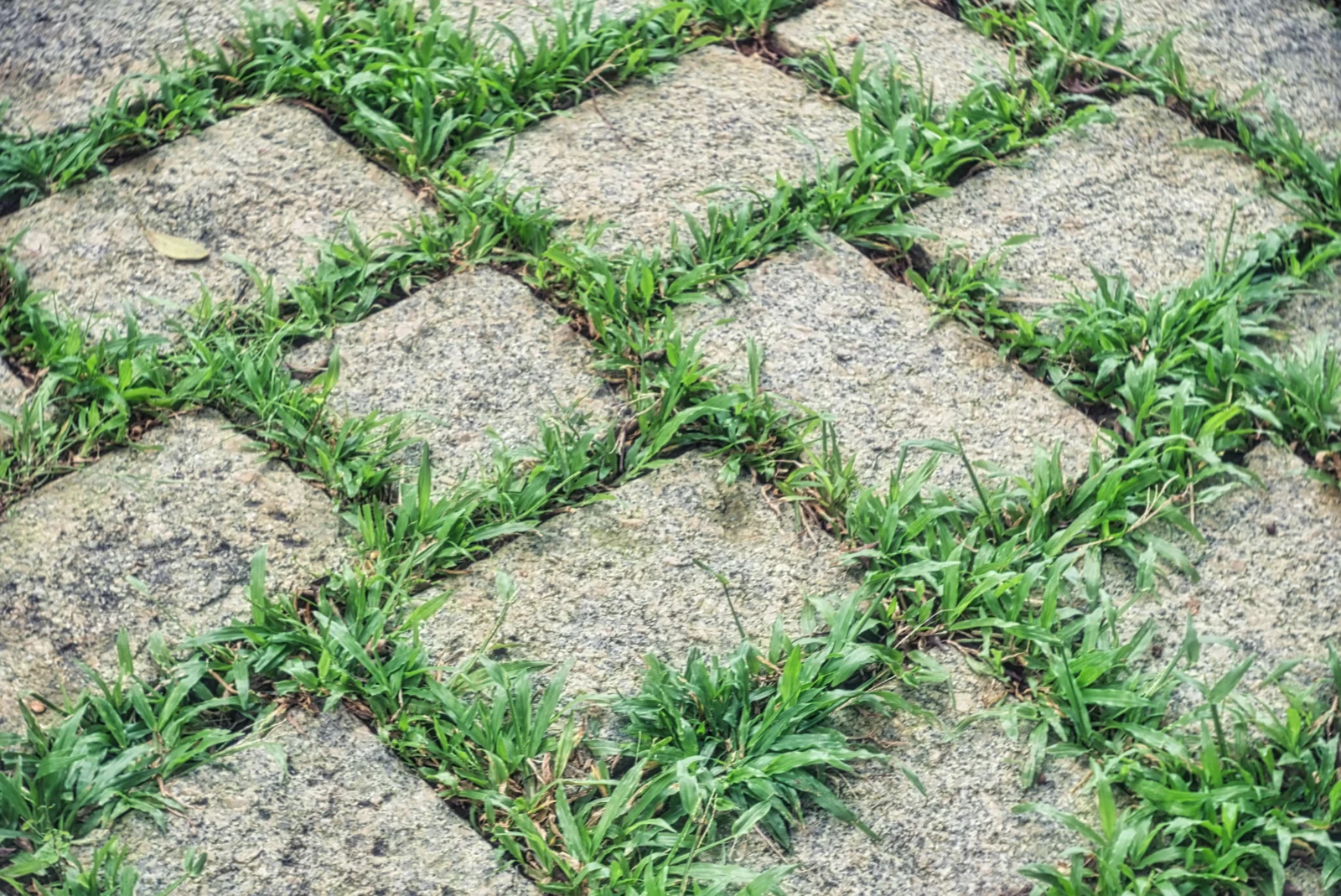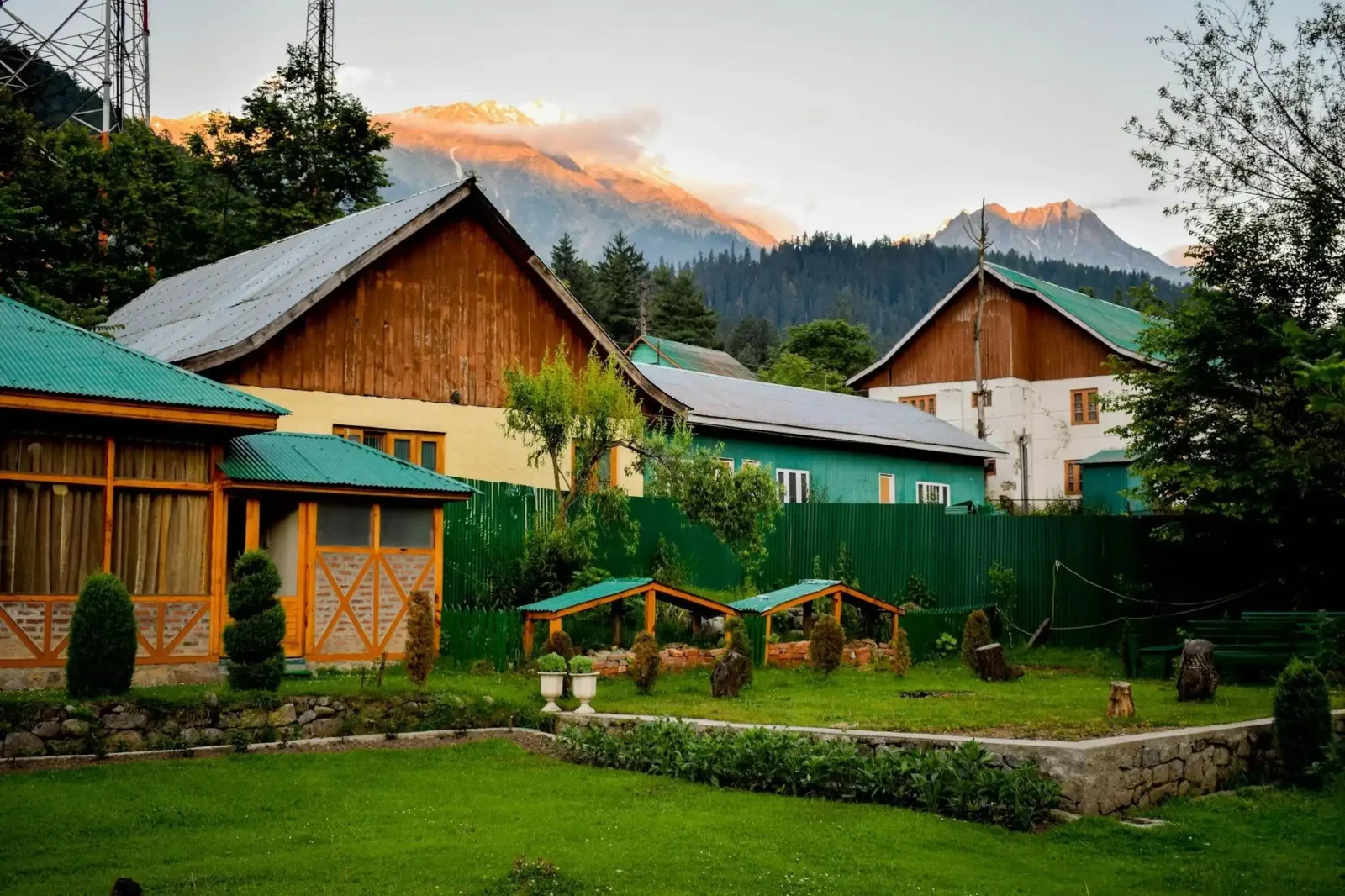- Home
- Articles
- Architectural Portfolio
- Architectral Presentation
- Inspirational Stories
- Architecture News
- Visualization
- BIM Industry
- Facade Design
- Parametric Design
- Career
- Landscape Architecture
- Construction
- Artificial Intelligence
- Sketching
- Design Softwares
- Diagrams
- Writing
- Architectural Tips
- Sustainability
- Courses
- Concept
- Technology
- History & Heritage
- Future of Architecture
- Guides & How-To
- Art & Culture
- Projects
- Interior Design
- Competitions
- Jobs
- Store
- Tools
- More
- Home
- Articles
- Architectural Portfolio
- Architectral Presentation
- Inspirational Stories
- Architecture News
- Visualization
- BIM Industry
- Facade Design
- Parametric Design
- Career
- Landscape Architecture
- Construction
- Artificial Intelligence
- Sketching
- Design Softwares
- Diagrams
- Writing
- Architectural Tips
- Sustainability
- Courses
- Concept
- Technology
- History & Heritage
- Future of Architecture
- Guides & How-To
- Art & Culture
- Projects
- Interior Design
- Competitions
- Jobs
- Store
- Tools
- More
Essential Winter Garden Design Tips for a Beautiful Outdoor Space All Season Long
Discover expert tips for designing a stunning winter garden that thrives in chilly months! Learn how to incorporate evergreens, seasonal blooms, warm lighting, and textured elements to create a resilient, vibrant space. Explore creative ideas for protecting plants, enhancing aesthetics with hardscaping and decor, and maintaining soil health for a cozy, sustainable winter wonderland.

When winter rolls in and temperatures drop, our gardens often lose the vibrant charm they flaunt during warmer months. But who says a garden can’t shine in the cold? With a little creativity and planning, we can transform our outdoor spaces into cozy, eye-catching retreats that thrive even in frosty weather.
Winter gardens offer a unique opportunity to highlight textures, evergreens, and seasonal blooms. From selecting hardy plants to incorporating warm lighting, there are countless ways to keep our gardens lively and inviting. Let’s embrace the season and explore simple yet effective tips to design a winter wonderland right in our backyards.
Table of Contents
ToggleUnderstanding Winter Gardening
Winter gardening focuses on creating a landscape that’s visually appealing, practical, and resilient during colder months. By selecting plants suited for low temperatures and incorporating elements that enhance winter aesthetics, we can maintain vibrant outdoor spaces year-round.

Key Characteristics of a Winter Garden
-
Seasonal Plants
Winter gardens benefit from hardy plants like hellebores, winter jasmine, and pansies. These plants offer blooms even in freezing conditions, adding color and texture.
-
Textural Elements
Structural plants such as evergreens, ornamental grasses, and shrubs like red-twig dogwood provide depth. Their varied textures stand out against snowfall.
-
Hardscaping Features
Adding paths, seating areas, and decorative elements transforms spaces. Frost-proof pots and stone features add durability and aesthetic value.

Essential Considerations
-
Local Climate
Plant selection aligns with regional temperatures and frost levels to ensure survival and growth. USDA hardiness zones guide this process.
-
Lighting
Solar-powered lights and LED fixtures enhance nighttime appeal. These lights can be used to highlight trees, shrubs, or pathways.
-
Wildlife Attraction
Incorporating bird feeders and berry-producing shrubs invites wildlife. These additions create a lively ecosystem during winter.
Understanding these principles ensures sustainable and beautiful gardens, even in freezing temperatures.
Choosing The Right Plants For Winter
Selecting plants that thrive in cold weather is essential for a vibrant winter garden. Focusing on hardy, visually appealing options ensures year-round interest and resilience.

Hardy Perennials
Hardy perennials withstand freezing temperatures while maintaining structure and texture. Options like hellebores, commonly called the “Christmas rose,” bloom in winter and add subtle color to the landscape. Siberian iris and sedum provide foliage that endures frost, creating visual depth. To maximize impact, plant these in clusters or border areas where their resilience stands out.
Evergreens And Seasonal Shrubs
Evergreens and seasonal shrubs offer consistent greenery and texture throughout winter. Boxwood, juniper, and yew create dense, vibrant backdrops, while winter jasmine produces bright yellow flowers even in harsh conditions. Red twig dogwood adds striking color with its bold, red stems. Incorporate a mix of shapes and sizes to create visual interest and a dynamic garden layout.
Planning Your Winter Garden Layout
A well-thought-out layout maximizes both beauty and functionality in winter gardens. Strategic planning enhances visual interest and ensures plant health even in harsh conditions.

Designing For Visual Interest
Diversified textures, colors, and structures create appealing landscapes. We incorporate evergreens like boxwoods and arborvitae for greenery. Winter-blooming flowers such as hellebores and pansies add pops of color. Structural plants, such as ornamental grasses or red-stemmed dogwood, provide depth and contrast. Hardscaping elements, including stone pathways and seating areas, frame the garden while offering accessible, all-weather functionality.
We group plants with similar heights and stagger taller bushes or shrubs toward the back. Adding focal points like birdbaths, sculptures, or planters draws attention and enhances the garden’s layout during the leafless months.
Creating Microclimates
Microclimates protect delicate plants and enhance growth during extreme cold. We use hedgerows, screens, or small fences to block wind and reduce temperature drops. Planting close to walls or structures offers natural insulation by trapping heat. Adding mulch around plant bases helps retain soil warmth and moisture.
Positioning cold-tolerant perennials and shrubs, like Siberian iris and juniper, in wind-sheltered areas ensures better survival rates. Temporary covers, such as cloches or frost blankets over sensitive plants, prevent frost damage while maintaining their health throughout winter.
Adding Decorative Elements
Decorative elements elevate the charm and character of a winter garden. Thoughtfully chosen accents add personality and ensure the space remains visually engaging.

Incorporating Lighting
Strategically placed lights enhance the garden’s beauty and functionality. Warm white LED string lights can outline trees, shrubs, or fences, drawing attention to key features. Solar-powered pathway lights ensure safe navigation and illuminate hardscaping like stone trails or patios. Uplighting on evergreens or sculptures creates dramatic visual interest during darker winter evenings. Weather-resistant fixtures, such as lanterns or sconces, complement the garden’s aesthetic while withstanding harsh conditions.
Using Outdoor Furniture And Structures
Furniture and garden structures offer visual appeal and utility during winter. Metal or treated wooden benches placed near focal points invite visitors to appreciate the garden’s winter beauty. Pergolas or archways covered in climbing winter plants, like ivy, create vertical interest and define garden spaces. Durable furniture materials like teak or wicker with weatherproof cushions ensure comfort even in colder months. Adding shades of red or green to fabric choices subtly ties the furniture to the winter theme, completing the design.
Maintenance Tips For Winter Gardens
Proper maintenance ensures winter gardens remain vibrant and healthy throughout the season. Focusing on plant protection and soil health strengthens their resilience against harsh conditions.

Protecting Plants From Frost
Frost damage poses one of the greatest challenges for winter gardens. To shield plants, we cover delicate species with burlap or frost cloths during cold snaps. Placing potted plants in sheltered areas or near south-facing walls provides additional warmth. Mulching around the base of plants, at least 2-3 inches thick, insulates roots and prevents freezing.
For frost-sensitive shrubs, we use horticultural fleece, ensuring it’s securely fastened to avoid lifting. Implementing windbreaks, such as temporary screens or hedgerows, reduces exposure to icy winds, which can exacerbate frost damage.
Soil Care During Winter
Healthy soil supports robust winter gardens. We remove debris and fallen leaves to prevent water-logging and reduce the risk of diseases. Adding organic matter like compost or well-rotted manure enriches the soil’s nutrient content. Mulching also prevents erosion and maintains consistent soil temperature.
For heavy clay soils, we employ techniques like digging in coarse sand or grit to improve drainage. Avoiding overwatering is crucial to prevent root rot; we water only when the soil feels dry at a depth of 1-2 inches. Regular monitoring helps us maintain optimal soil conditions throughout winter.
Conclusion
Effective winter garden design combines creativity, resilience, and functionality. Incorporating evergreens, winter-blooming flowers, and seasonal shrubs ensures consistent greenery and vibrant accents during colder months. Textural features like ornamental grasses and hardscaping elements create depth and visual engagement. We recommend using warm lighting and decorative accents to enhance evening beauty and usability.
Strategic planning, including microclimates and wind protection, protects plants while maintaining aesthetics. Maintenance practices like mulching, pruning, and soil care keep gardens healthy despite freezing conditions. Thoughtful layouts, diverse plant choices, and integrated structural elements transform outdoor spaces into inviting winter landscapes.
- all-season outdoor space
- beautiful winter garden
- cold weather garden design
- creating a winter garden
- evergreen plants for winter
- frost-resistant plants
- garden design for colder months
- garden design tips for winter
- how to design a winter garden
- outdoor space ideas for winter
- outdoor space preparation for winter
- seasonal garden tips
- seasonal landscaping tips
- winter garden design
- winter garden essentials
- winter garden planning
- winter growing tips
- winter landscaping ideas
- winter outdoor decor
- winter ready outdoor space
- year-round garden maintenance
Submit your architectural projects
Follow these steps for submission your project. Submission FormLatest Posts
Top Tips for a Healthy and Beautiful Backyard
A thriving backyard creates space for relaxation, gatherings, and moments of quiet...
Transform Your Garden with Artificial Turf Austin Solutions
Transforming your garden with artificial turf can be a game-changer, especially if...
What You Really Need to Create a Beautiful Yard
A beautiful yard is more than just an outdoor space, it’s a...
How to Choose the Right LED Grow Light for Your Indoor Garden
For indoor growers, it can be the difference between healthy, vibrant plants...












Leave a comment